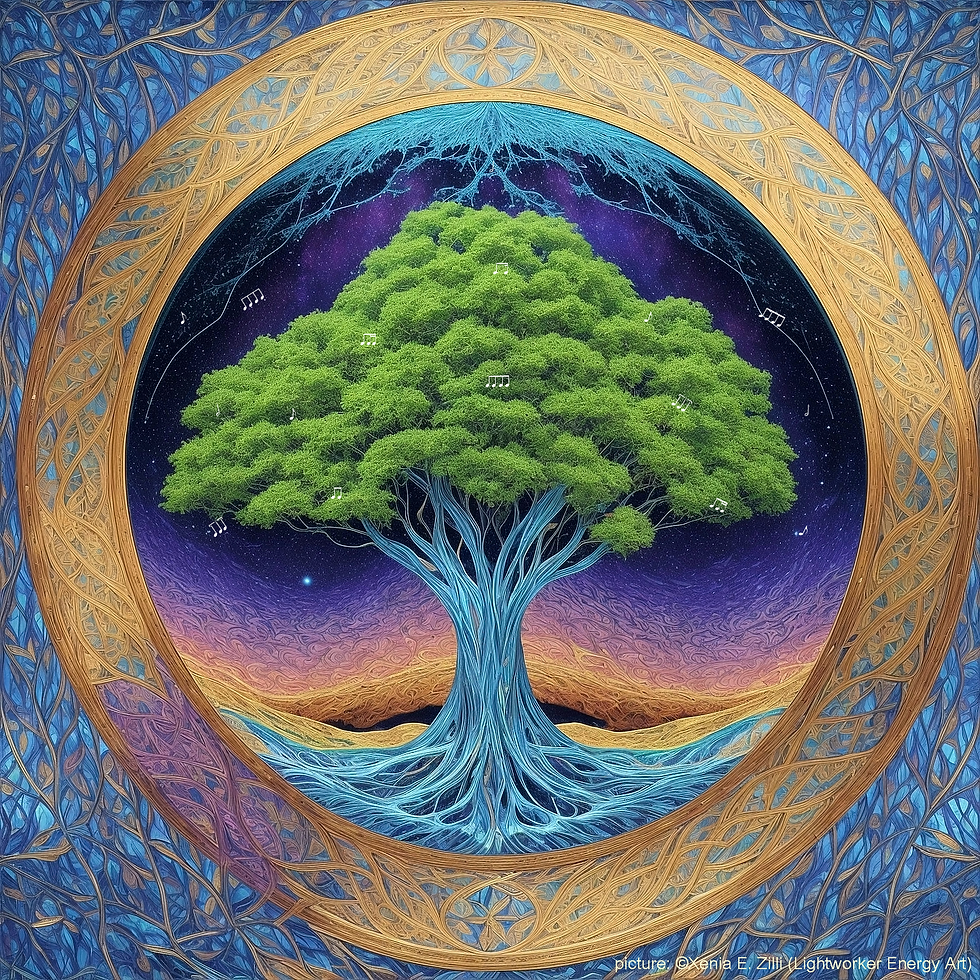ELGAR: Variations Op. 36 "Enigma" and 'Matrix'
- Xenia E. Zilli

- Jan 28, 2024
- 2 min read
Updated: Apr 2

The 'Enigma Variations' were born on 21 October 1898, when Elgar sat at his piano in the evening to relax after the long day of teaching. He started to improvise, trying to depict characters of some of his friends. These improvisations, expanded and orchestrated, became the 'Enigma Variations', Op. 36, which consists of theme and 14 variations.
Elgar dedicated the piece to "my friends pictured within" and in the score each variation is prefaced with the initials, name or nickname of the friend depicted.
The piece was finished on 18 February1899, and was first performed in London on 19 June 1899.
Enigma as the name of the theme is provided by Elgar in a programme note for the first performance of the Variations: "The Enigma I will not explain – its "dark saying" must be left unguessed ... " Mr Elgar provided another clue in an interview he gave in October 1900 stating that "the heading Enigma is justified by the fact that it is possible to add another phrase, which is quite familiar, above the original theme that I have written." What that phrase is no one knew except the composer. There have been several speculations and solutions provided as to the missing 'dark phrase' but Elgar accepted none of the solutions proposed in his lifetime, and took the secret with him to the grave. Thereby hangs the Enigma as the precise nature of the piece.
Edward Elgar's (1857–1934) 'Enigma Variations' and his music is firmly rooted in the late-Romantic tradition. His music has many of the idiomatic characteristics of the late-Romantic era (which approximately ended in the late 19th century/early 20th-century) such as large and rich orchestration, bold tunes, drama, striking colour effects, emotion and imagination. Elgar is esteemed both for his own music and for his role in heralding the 20th-century English musical renascence.
Although it has not been or has seldomly been mentioned, the theme (below), and the tunes from the 'Enigma Variations', have been used and incorporated in the soundtrack of the famous movie 'Matrix'.

As 'borrowing' ideas has became a widespread practice, often failing to mention the original authors/creators, or where the idea(s) came from, I hope to rectify that with this blog, at least in this case.
In the same manner, the words, rhythm, (and the tune) from the famous 'Navras' soundtrack from 'Matrix' (Asato Ma Sadgamaya ...), have been 'borrowed' from the ancient Sanskrit text/(Pavamana mantra) - the Brhadaranyaka Upanishad, which has been chanted/performed as such for centuries !
Om asato ma sadgamaya
Tamaso ma jyotir gamaya
Mrtyor ma amrtam gamaya
Om shanti shanti shanti
ॐ असतो मा सद् गमय
तमसो मा ज्योतिर् गमय
मृत्योर् माम्रतं गमय
ॐ शान्तिः शान्तिः शान्तिः
So with this blog, let's acknowledge and give credit to the original creators and the source of the music/tunes we love. It is the least we can do.
© Alternative Approach to Music: Inspiring - Healing - Empowering, Xenia Elizabeth Zilli
Listen to Elgar's Enigma Variations performed by London Symphony Orchestra here:
Picture with Elgar's quote: 'Absolute Harmony' ©Xenia E. Zilli (Lightworker Energy Art)
Text/facts source: Wikipedia, Yogapedia, Brhadaranyaka Upanishad




What an interesting story! The "Enigma" remains an enigma 🙂.